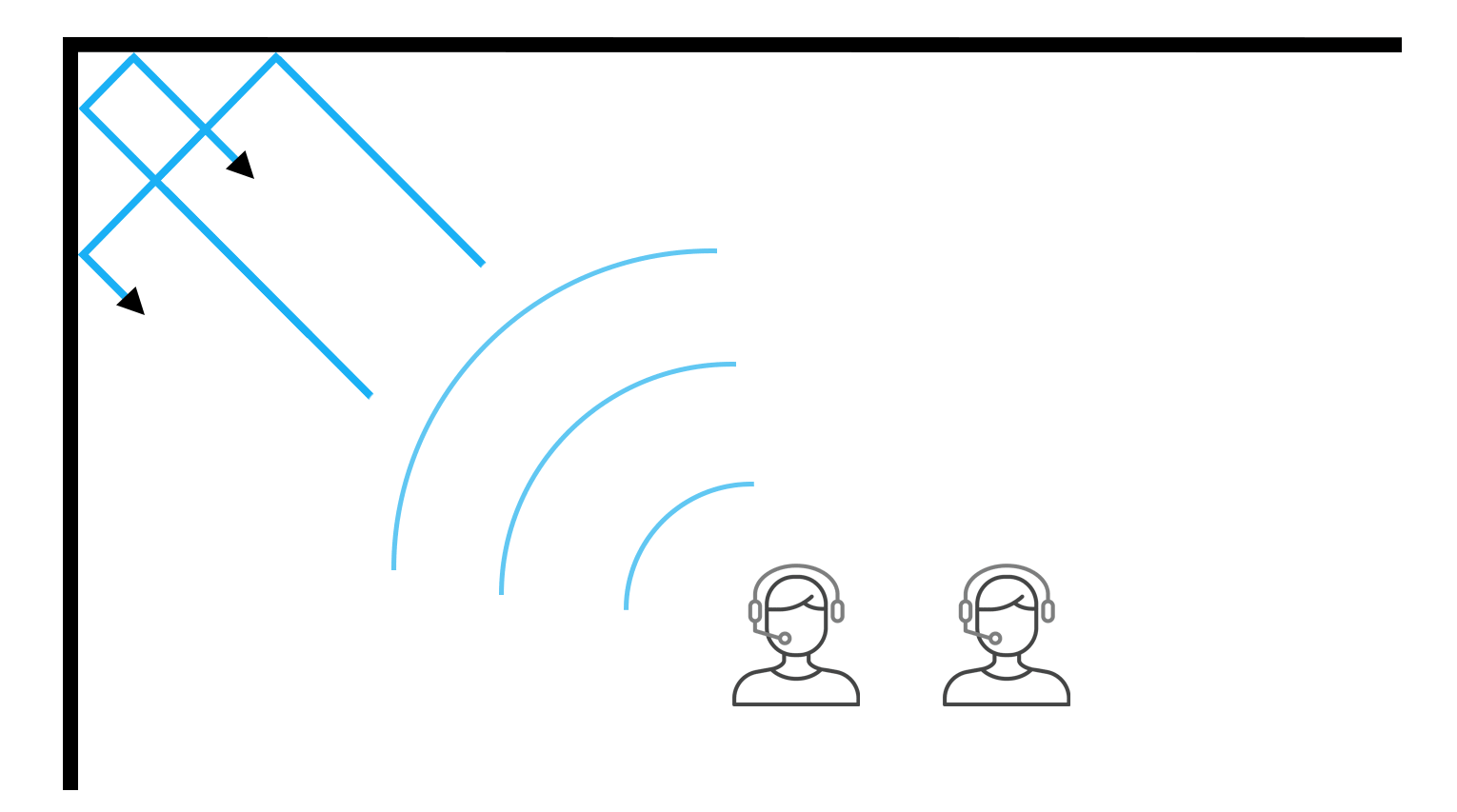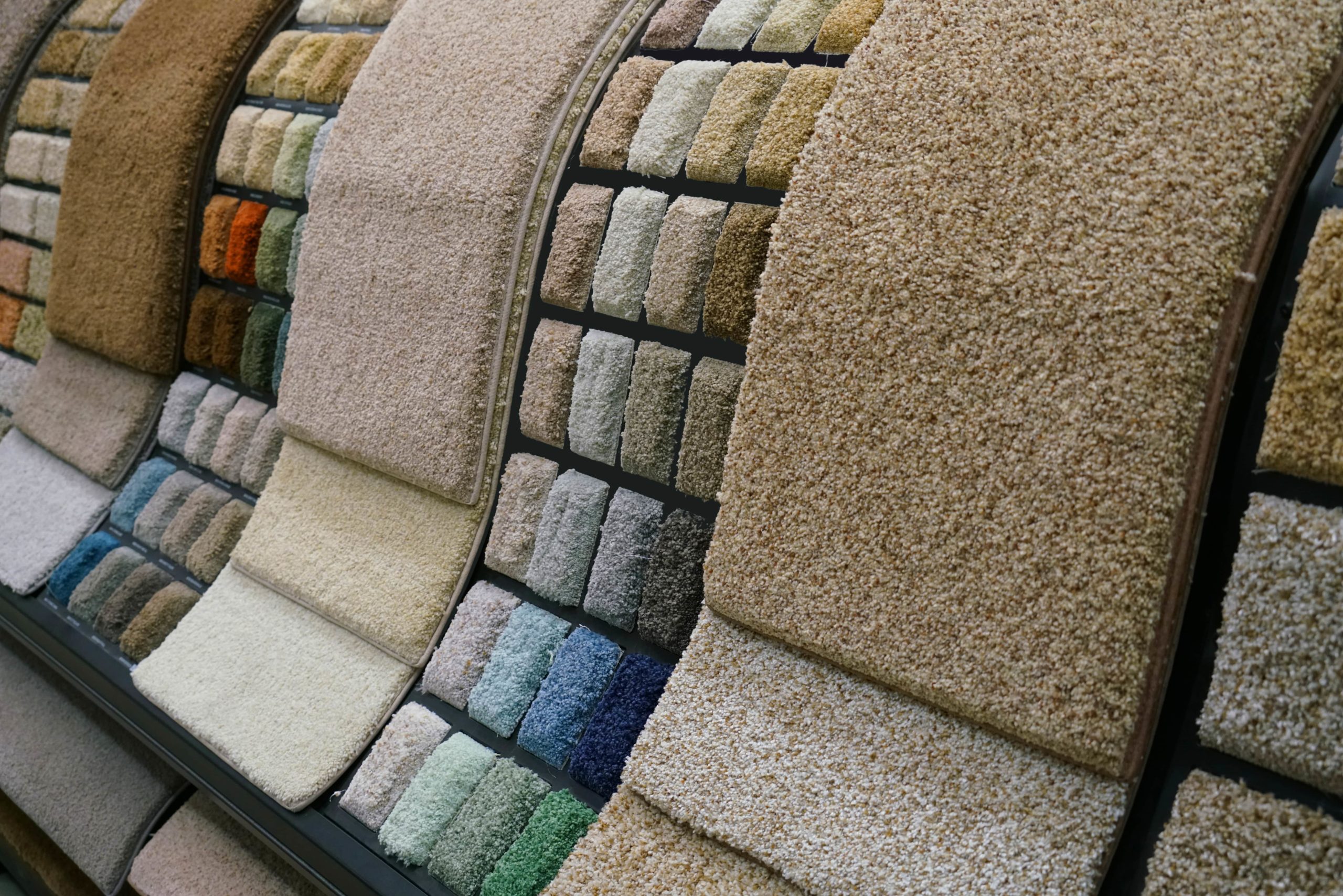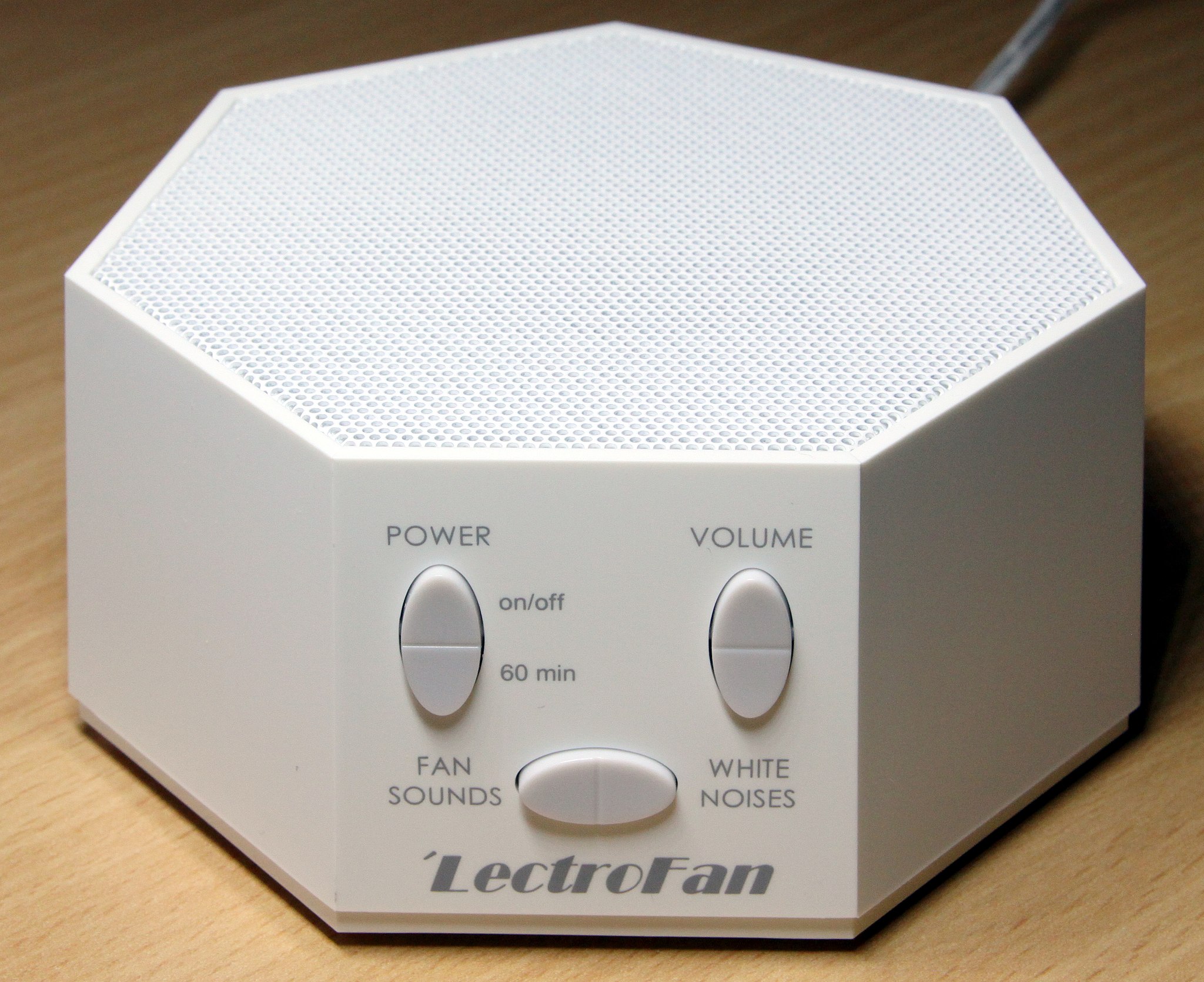Are your agents struggling to overcome background noise in your call centre?
Managing the acoustics inside your contact centre can be challenging, especially if you have limited space.
Fortunately, there are ways you can eliminate unwanted background noise, allowing your agents to have clearer conversations, and improving your customer experience.
What causes excess noise?

There could be any number of issues that lead to an excessively noisy call centre.
The air conditioning could be too loud, there could be noise from meetings that is spilling into the area where the calls are being made, or agents may simply be sitting too close together.
We’ll discuss how to get to the bottom of these problems below.
However, there is one thing it is important to be aware of before you try to look for sources of excess noise.
Sound reverberates best off of flat, hard surfaces. This could be your floor, wall, or ceilings.
If some agents are projecting their voice at your office walls for example, much of this sound could bounce back, reverberating around the room.
Therefore, it takes a smart acoustics design to eliminate background noise in your contact centre.
How to perform an acoustics checkup
To get a baseline understanding of your current call centre acoustics, the place to start is to listen to some call recordings.
Make sure to check calls that happen at all different times of day, including busy and quiet periods, to get a better understanding of how much overall background noise you have.
Also be sure to look at recordings from different agents. Some areas of your contact centre may have better acoustics than others. Or, there may be agents that tend to speak louder or more quietly than others.
To make it quicker to check a given recording without having to listen to the whole thing, there’s a clever trick you can use.
Open up the audio file in a program that will show the audio’s waveform, like Audacity (which is free to download).
Basically, a waveform is a visual representation of the amplitude of an audio recording over time.
If there is no background noise, the only spikes you’ll see will be from the customer or agent talking.
However, if there is a lot of background noise, the waveform won’t ever be flat.

In this example, there is some background noise, but it’s very consistent – like an air conditioning unit for example.
When the parties are not talking, the waveform is flat, but it is still raised – the call does not go completely silent.
This sort of background noise is unlikely to be distracting for the caller or agent.
However, problems arise when there are distinct interruptions that make it hard to distinguish the other person’s voice from the other noises that can be heard on the other end of the line.
Meaning, if there are sharp horizontal lines that look like speech that occur when neither party is talking, this is a problem. It normally signifies that other conversations are being picked up by the agent’s headset.
Remember, trying to listen to what someone is saying over the top of two other conversations is going to be much more difficult than listening to someone over the background hum of an AC unit.
Diagnosing agent vs caller acoustics issues

Another crucial step in performing an acoustics checkup is determining whether or not it’s agents, customers, or both, who are experiencing problems.
Here at contactSPACE, our call centre software will make a separate recording for both inbound and outbound channels. Meaning, you can listen to what the agent hears and what the customer hears separately.
Using the Audacity method, or by listening to the recordings manually, you can then determine which end of the call is facing audio issues.
You may notice one of two things:
1. There is a massive amount of background noise coming through the agent’s microphone, making it hard for the caller to hear them.
2. The recording sounds fine on both ends, but the agent struggles to hear the caller.
In situation number two, you may be able to solve your acoustics problem by investing in noise-cancelling headsets. This is because the background noise is only affecting what the agent hears. Therefore, if you can block it out, they may be able to hear the caller better.
There are a number of noise cancelling headsets available for call centre agents.
However, before buying, it’s important to note the difference between active and passive noise cancelling.
Active noise cancelling means that the device will emit a sound wave of its own that cannot be heard, designed to block out the outside sound. This means better noise cancelling, but most likely a more expensive device.
Passive noise cancelling headsets are cheaper options. They simply block out sound using the padding of the ear cup.
Assessing voice quality

To make the perfect acoustics environment, background noise and interference aren’t your only concerns.
You also need to consider the voice quality of the calls you’re making.
If you’re experiencing popping, crackling, or breakups, this is going to make it really hard for the caller to hear what you’re saying.
Your software vendor should be able to provide you with with your mean opinion score, or MOS.
This is a voice quality metric that’s very common in telecommunications. Ideally, you want a MOS of 4 or 5 – this signifies that your voice quality scores “good” or “excellent”.
Once you have this information, you can investigate to determine whether it’s your telco, your software provider, your network, or some other issue causing your voice quality problems.
Assessing outside interference
If your contact centre acoustics are being affected by external interference, for example meetings in rooms you can’t soundproof, it’s important to take this interference into account when assessing your current acoustics situation.
Try to walk around your office during a peak period with a decibel meter.
Are specific areas louder than others? For example, the entrance/exit.
Your contact centre may also be louder near specific walls, if you have noisy neighbours, or if you’re located near a main road.
Using this information, you can begin to design strategies to address your acoustics problem.
How to reduce contact centre background noise

If you do have a problem with background noise in your contact centre, here are some tips to help you resolve this problem.
1. Move agents farther apart
If there is any leftover space in your office, you can try to move your desks further apart.
This is likely to be especially helpful if you’ve found that only specific agents are facing issues with excess background noise. Then you can shuffle people around inside these problematic areas to try and eliminate the problem.
For example, you could concentrate the quieter speakers together, or position the louder agents in the corner areas where they are less likely to impact others.
2. Give agents work-from-home flexibility

If you’re unable to move to a bigger office to help space your team out, why not give some of your agents the ability to work from home?
Even just removing 10-20% of your agents on a given day can go a long way towards reducing noise, especially if everyone who is still in the office is able to spread out.
contactSPACE customer OurTel actually has a large team of agents, all working from home.
The team use contactSPACE to manage their data and dialling, and to provide visibility into overall performance, despite the fact that each agent is located separately to one another.
Getting rid of the office is certainly one way around the problem of managing office acoustics!
However, it’s obviously not going to be practical for every contact centre.
Think about which agents would be most suited to work from home on certain days.
The great thing about this method is work-from-home days can be used as rewards, potentially as a part of a call centre game, to help improve morale.
3. Use cubicals, or dividers
The open office environment can help improve morale, and encourage better collaboration.
However, the lack of cubicles does cause sound to travel further, which can lead to problems in a call centre environment.
If you’d prefer to keep using an open office plan, you could install just a few dividers in strategic locations to help eliminate excess noise rather than reverting to a complete cubicle plan.

Flexible office dividers are becoming increasingly popular. They give you or your agents the chance to rearrange your partitions as noise conditions change.
4. Use sound baffles
Acoustic “baffles” are devices that are designed to absorb sound. They stop noise reverberating off of hard surfaces in your office, helping to eliminate background noise.
These baffles are made of a special type of foam that is extremely sound absorbent. This material basically acts like a sponge for sound.
This is your contact centre without sound baffles:

And this is an example of how a baffle can help stop noise reverberation.

In this example, a panel baffle is installed on the wall, which is a common area way to absorb as much sound as possible with a relatively small investment.
However, baffles can also be suspended from the ceiling to reduce as much noise as possible.
If there is nothing on the ceiling to absorb or diffuse sound waves, then it becomes especially important to use a suspended baffle to eliminate this source of excess sound.
5. Install acoustic ceiling tiles
This is essentially a more economic way of eliminating reverberations on your ceiling without suspending baffles.
You can now buy ceiling tiles that feature micro perforations, to help them absorb sound.
No longer will you have to worry about sound bouncing straight back at you from the ceiling.
6. Lay carpets

Although they will not help as much as baffles might, carpets can also do a great job absorbing sound.
This is especially true if you currently have an extremely hard floor surface, such as polished concrete or tiles.
You don’t have to use shag pile carpet – even the regular stuff can go a long way towards reducing reverberations.
Alternatively, use rugs to cover large areas of uncovered floor that could be reverberating sound.
7. Eliminate excess sounds
If your background noise problem is not significant enough to warrant the installation of sound baffles, ceiling tiles, or carpet, there are other steps you can take to target the source of the noise.
Here are some easy ways to eliminate excess noise in your contact centre.
- Designate a completely separate break room, so that office chat isn’t interrupting agents’ work.
- Hold meetings on a separate level, or in a separate, soundproof room.
- Install sound boots in your office HVAC to reduce the drone caused by your air conditioning.
- Upgrade to a quieter, more modern fridge for the break room.
- Relocate printers or photocopying machines, if you have any.
- Restrict loud, impromptu discussions in open areas of the office.
Remember, holding meetings or setting up break areas in separate rooms is going to be of little benefit unless these rooms are sufficiently soundproof, or sufficiently far away from where your agents sit.
To help stop sound leaking from external rooms, you can:
- Install acoustic seals on doors.
- Install ceiling tile barriers to prevent sound travelling above partitions, or acoustic ceiling tiles as discussed above.
- Install thicker doors.
- Caulk open spaces in your drywall.
8. Use a white noise machine

Photo by Morn licensed under CC BY-SA 4.0.
White noise machines can be very useful for solving specific types of contact centre acoustics problems.
If the issues you’re facing are characterised by agents struggling with interference from other nearby calls, then white noise can sometimes help to smooth out this background noise and cover up sound from other calls that are causing distractions.
Remember, the biggest distractions are spoken words that we can understand, as they grab our attention. Other noises (especially white noise) do not have this effect, unless they are uncomfortably loud.
It’s generally a good idea to put your white noise machine in a central location, provided it can broadcast sound in all directions at once.
However, you do not want to deafen the agents closest to it. Don’t be afraid to pick up two or three machines to ensure even coverage.
9. Move to a bigger office

This is a last resort.
If you simply don’t have enough space to keep agents far enough apart, or don’t have enough room to install dividers, it can be worth moving office to help improve your acoustic situation.
Note that you don’t necessarily have to upgrade to a bigger office to reduce background noise. As long as you’re able to design a better acoustic strategy in your new environment, you should see better results.
For example, if your new office has more secluded meeting rooms that are not separated with glass (which reflects sound really well), then you’re already in a better position.
As a contact centre, the main issue with switching office is how you will manage your technology transition.
Fortunately, with cloud contact centre software like contactSPACE, all you need to do is set up your new network and move your machines.
Since the software is delivered through the user’s web browser, there’s no need to move any on-premise servers or perform any complex migrations when moving.
Conclusion
Setting up appropriate acoustics for your contact centre isn’t always easy.
However, this doesn’t mean you have to hire a heap of expensive acoustics consultants to solve your background noise problem.
If you’re able to take the time to identify the specific acoustic issues you’re facing, then it’s possible to implement strategies to resolve these specific issues and improve your customer (and agent) experience.
